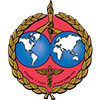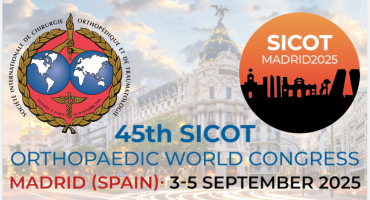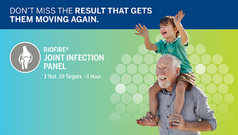Current status of Asian joint registries: a review
EFORT Open Rev. 2025 May 5;10(5):250-257. doi: 10.1530/EOR-2024-0085.
ABSTRACT
A comprehensive overview of current Asian joint arthroplasty registries, highlighting their strengths and weaknesses and providing a case for establishing registries nationwide, is given. Pertinent information required for the future establishment and improvement of Asian joint arthroplasty registries is given. Six registries in Asia were identified, with three, Indian Joint Registry, Japanese Orthopaedic Association National Registry and Pakistan National Joint Registry having developed official websites and published annual reports. The majority of both hip and knee surgeries in India and Pakistan were carried out on men, in contrary to Japan, where the majority of knee surgeries were conducted in women. Osteoarthritis was the primary indication for knee surgery, whereas osteonecrosis was the main indication for hip surgery in India and Pakistan, compared to osteoarthritis in Japan. Many countries in Asia have attempted to report data on joint arthroplasties, though little information on nationwide registries is available, with three countries - Japan, India and Pakistan - having made their joint registry data available to the public.
PMID:40326532 | PMC:PMC12061010 | DOI:10.1530/EOR-2024-0085














